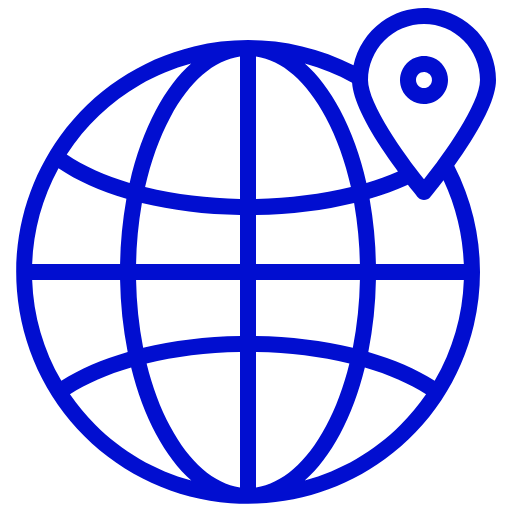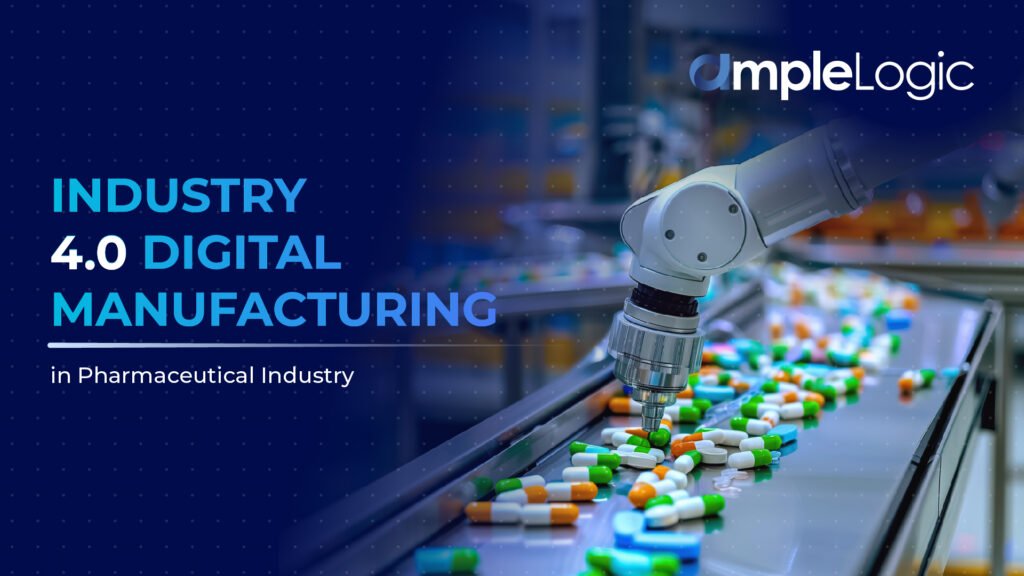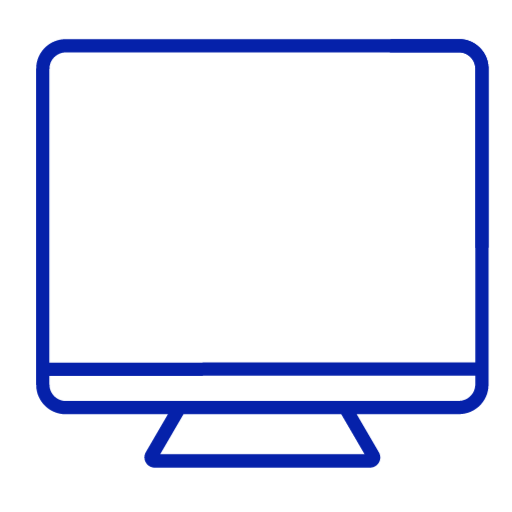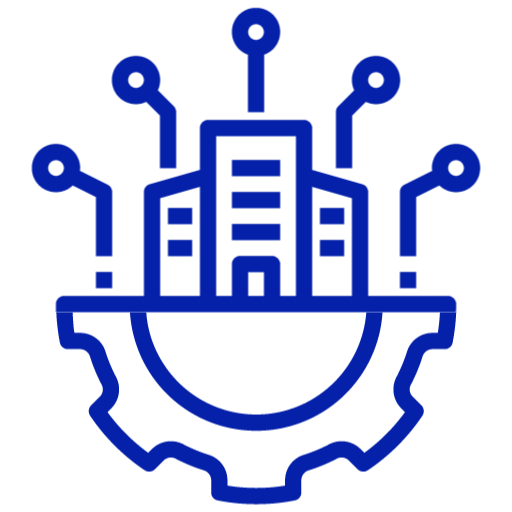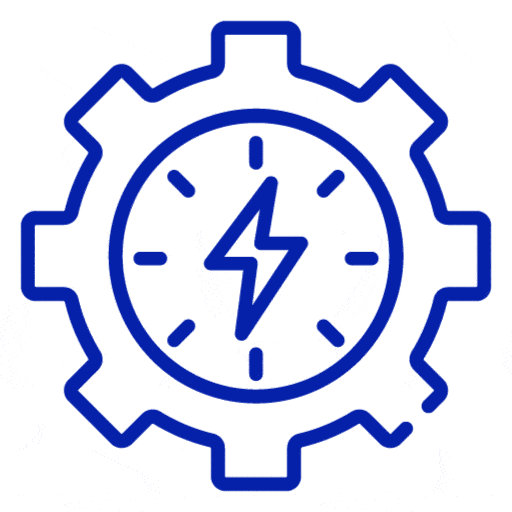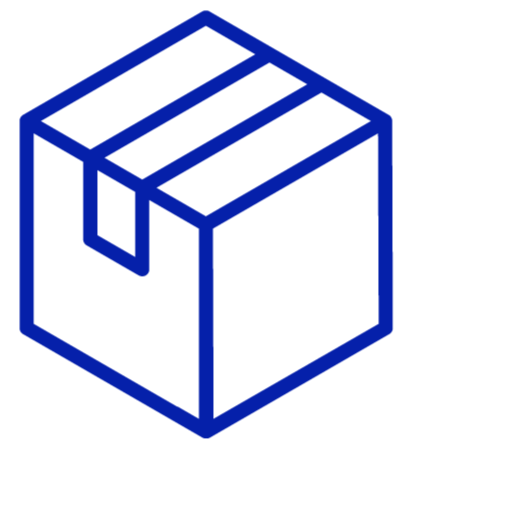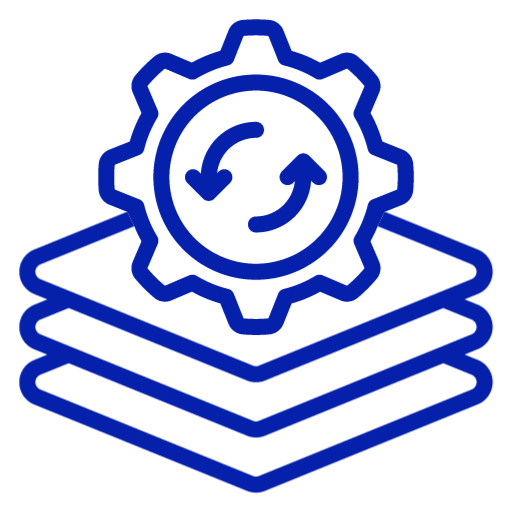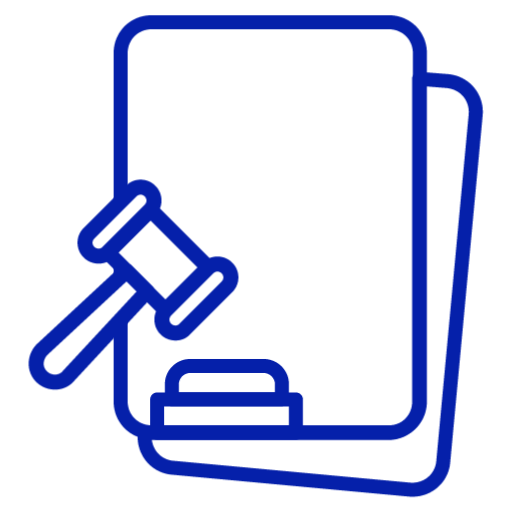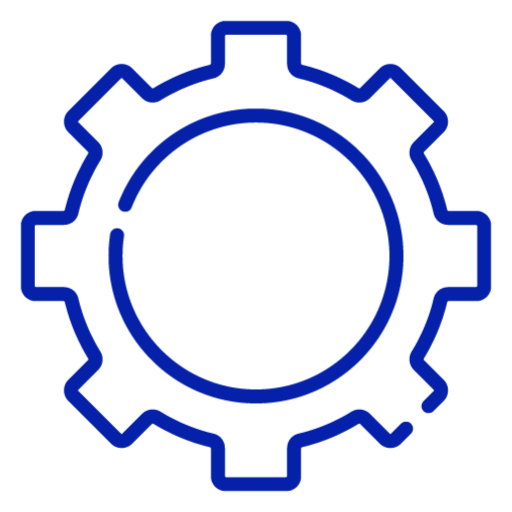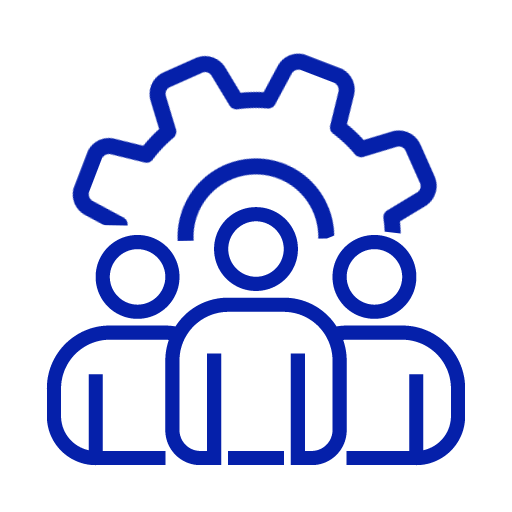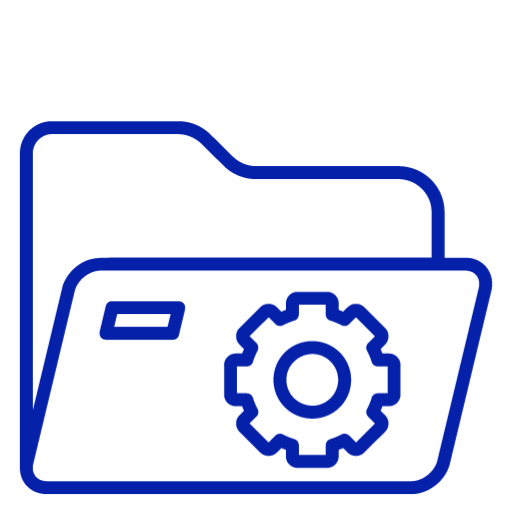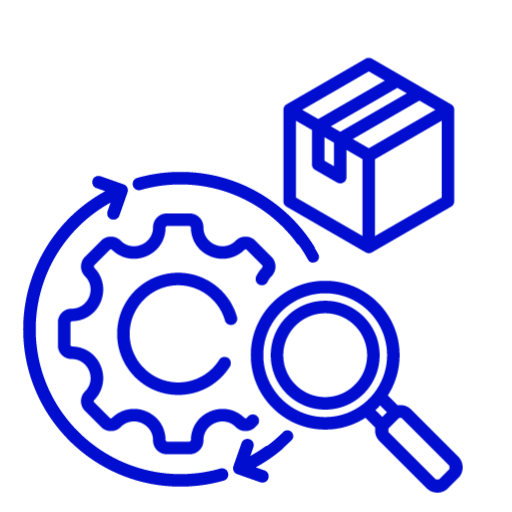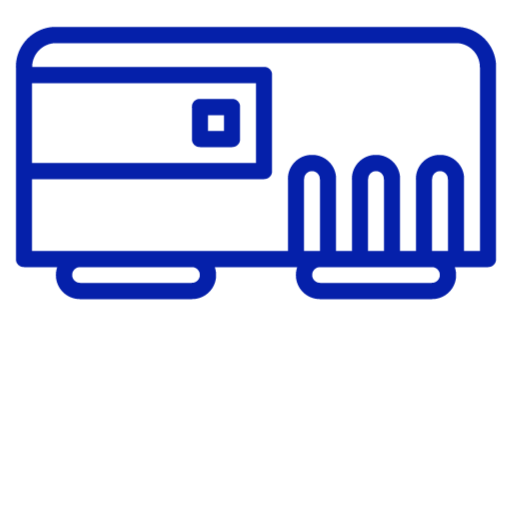In the intricate world of pharmaceutical manufacturing, where precision, compliance, and efficiency are key assets, businesses seek innovative solutions to navigate the complexities of asset management. Among these solutions, Asset Tracking Systems emerge as a beacon of efficiency and control, revolutionizing how pharmaceutical companies monitor and manage their valuable assets. From the procurement of raw materials to the distribution of life-saving medications, the transformative power of Asset Tracking Systems in pharma is reshaping the industry’s approach to asset management.
The Essence of Asset Tracking System
At its core, an Asset Tracking System seamlessly combines hardware and software to meticulously track, monitor, and manage physical assets throughout their entire lifecycle. Leveraging cutting-edge technologies such as RFID, GPS, barcodes, and sensors, these systems offer real-time visibility into asset location, status, and utilization. This wealth of data is then seamlessly transmitted to a centralized database or cloud-based platform, empowering authorized personnel with actionable insights to make informed decisions.
Key Components and Features
Asset Tracking Systems boast several integral components and features:
Asset Tags and Labels: Each asset receives a unique identifier through RFID tags, barcodes, or QR codes, facilitating effortless identification and tracking, from the production floor to the distribution center.
Mobile Devices and Scanners: Handheld devices equipped with scanners or readers capture real-time asset data, ensuring efficient tracking and precise inventory management, even in fast-paced manufacturing environments.
Centralized Software Platform: Serving as the backbone of digital asset management, this platform offers a user-friendly interface for viewing, managing, and analyzing asset data. Advanced features, such as customizable dashboards and seamless integration capabilities, enhance functionality and adaptability.
Geolocation and Mapping: GPS technology enables precise tracking of assets, whether within the confines of a manufacturing facility or during transit. Visualizations provided through mapping features within the software platform offer a comprehensive overview of asset movements and distributions.
Alerts and Notifications: Automated alerts keep users informed of critical events, such as asset movement beyond designated areas or impending maintenance requirements, facilitating proactive asset management and minimizing operational disruptions.
Calibration Scheduling: The scheduling of the next calibration sessions using a calendar feature includes displaying the current status, next due date, and last calibration date, ensuring both regulatory compliance and optimal asset performance.
Benefits of Asset Tracking System in Pharma
The adoption of an Asset Tracking System in pharma offers a myriad of benefits for pharmaceutical manufacturers:
Improved Asset Visibility and Control: Real-time visibility into asset location and status enables proactive management, reducing the risk of loss or theft and optimizing asset utilization throughout the manufacturing process.
Enhanced Operational Efficiency: Streamlined tracking processes and centralized management minimize errors, eliminate redundant tasks, and optimize resource allocation, resulting in increased productivity and significant cost savings.
Optimized Maintenance and Compliance: Proactive maintenance scheduling and compliance management ensure asset longevity and regulatory adherence, minimizing downtime and associated costs while upholding industry standards.
Enhanced Customer Service: Accurate tracking throughout the supply chain enables real-time updates on asset availability and delivery, enhancing customer satisfaction and loyalty through improved transparency and reliability.
Data-Driven Decision Making: Insights derived from asset data facilitate informed decision-making, enabling optimization of investments, identification of operational inefficiencies, and strategic planning for future growth and innovation.
Implementation Considerations
Successful implementation of Asset Tracking Systems necessitates careful consideration of several key factors:
Scalability: Ensure the selected system can adapt to accommodate future growth and evolving asset inventories, maintaining effectiveness and efficiency as the organization expands.
Integration: Evaluate compatibility with existing systems to facilitate seamless integration and data exchange, minimizing disruption and maximizing the value of interconnected technologies.
User Training: Provide comprehensive training to users at all levels of the organization to ensure proficient utilization and widespread adoption of the system, maximizing its effectiveness and return on investment.
Data Security: Implement robust security measures to safeguard sensitive asset data from unauthorized access, breaches, or cyber threats, ensuring confidentiality, integrity, and availability of critical information.
Regulatory Compliance: Adhere to relevant data privacy regulations, industry standards, and best practices for asset management, mitigating legal and reputational risks while fostering trust and credibility within the industry.
Conclusion
Asset Tracking System in pharma represents a transformative solution for pharmaceutical manufacturers striving to optimize asset management and drive operational excellence in a dynamic and highly regulated environment. By harnessing the power of technology to track, monitor, and manage assets effectively, organizations can gain a competitive edge, enhance efficiency, and ensure compliance with industry standards and regulations. With meticulous planning, seamless implementation, and ongoing optimization, Asset Tracking Systems pave the way for enhanced efficiency, productivity, and profitability in pharmaceutical manufacturing and beyond, ultimately contributing to the advancement of global healthcare initiatives and the well-being of patients worldwide.

